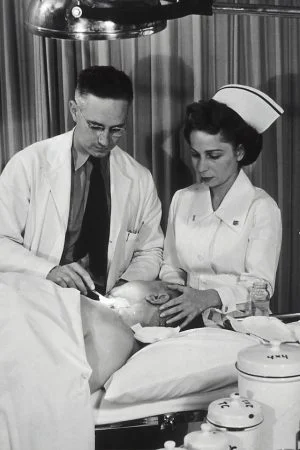Featured Products
- In-Stock Tumor Cell Lines
- Human Orbital Fibroblasts
- Human Microglia
- Human Pulmonary Alveolar Epithelial Cells
- Human Colonic Fibroblasts
- Human Type II Alveolar Epithelial Cells
- Human Valvular Interstitial Cells
- Human Thyroid Epithelial Cells
- C57BL/6 Mouse Dermal Fibroblasts
- Human Alveolar Macrophages
- Human Dermal Fibroblasts, Adult
- Human Lung Fibroblasts, Adult
- Human Retinal Muller Cells
- Human Articular Chondrocytes
- Human Retinal Pigment Epithelial Cells
- Human Pancreatic Islets of Langerhans Cells
- Human Kidney Podocyte Cells
- Human Renal Proximal Tubule Cells
Primary Cells
Explore Products



 Human Thyroid Microvascular Endothelial Cells (HTMVECs) are primary endothelial cells isolated from non-diseased thyroid tissue of donors aged 17–66. They form a cobblestone-like monolayer with contact inhibition. HTMVECs are non-tumorigenic and express factor VIII-related antigen, while negative for thyroglobulin and calcitonin. They are commonly used to study thyroid angiogenesis-related disorders like Graves’ disease. FGFR1, FGF-2, and Tie-2 are expressed, confirmed by immunocytochemistry and RT-PCR, and respond to VEGF and anti-angiogenic signals. Cryopreserved at passages 2–4, they retain viability and function. Karyotype analysis data is not reported, but no evidence of tumorigenicity or chromosomal abnormalities has been observed. Cells are screened and negative for HIV-1, HBV, HCV, mycoplasma, and other human pathogens. These properties make HTMVECs ideal for vascular biology and endocrine research.
Human Thyroid Microvascular Endothelial Cells (HTMVECs) are primary endothelial cells isolated from non-diseased thyroid tissue of donors aged 17–66. They form a cobblestone-like monolayer with contact inhibition. HTMVECs are non-tumorigenic and express factor VIII-related antigen, while negative for thyroglobulin and calcitonin. They are commonly used to study thyroid angiogenesis-related disorders like Graves’ disease. FGFR1, FGF-2, and Tie-2 are expressed, confirmed by immunocytochemistry and RT-PCR, and respond to VEGF and anti-angiogenic signals. Cryopreserved at passages 2–4, they retain viability and function. Karyotype analysis data is not reported, but no evidence of tumorigenicity or chromosomal abnormalities has been observed. Cells are screened and negative for HIV-1, HBV, HCV, mycoplasma, and other human pathogens. These properties make HTMVECs ideal for vascular biology and endocrine research.